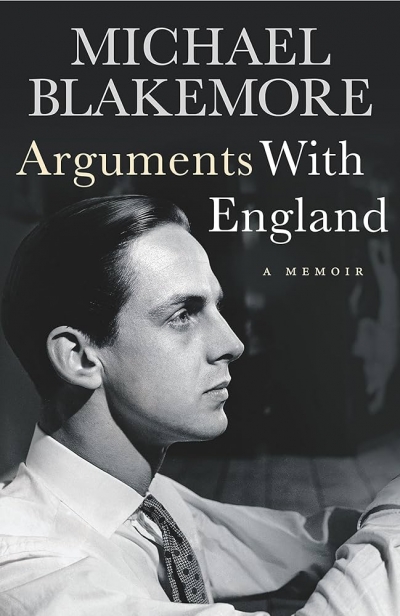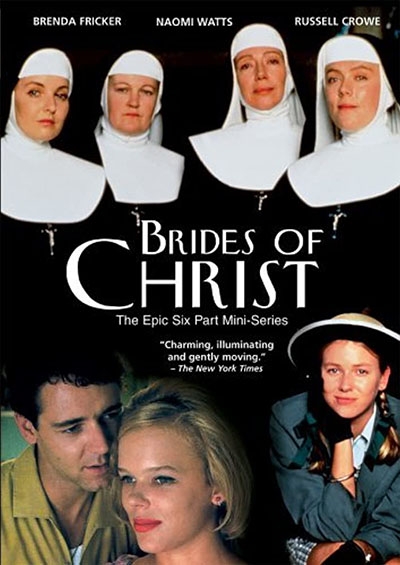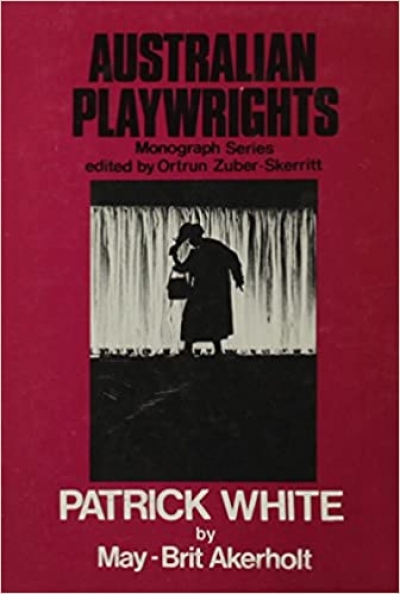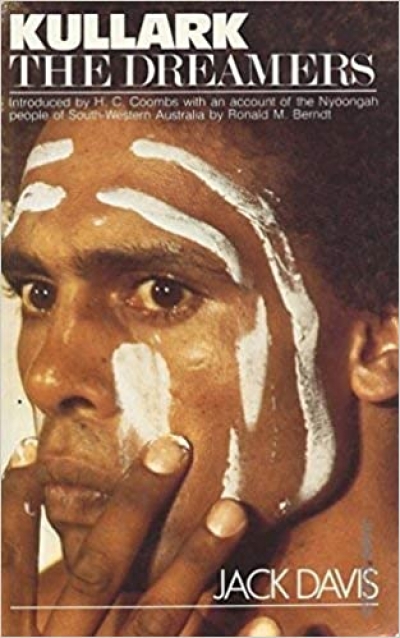Theatre
Arguments with England: A memoir by Michael Blakemore
by Philip Drew •
See How It Runs: Nimrod and the New Wave by Julian Meyrick
by Helen Thomson •
The La Mama Collection: Six plays for the 1990s edited by Liz Jones
by Jack Hibberd •
Brides of Christ, Episode 3 by John Alsop and Sue Smith & The Drought by Tom Petsinis
by Sam Sejavka •
Collected Plays, Volume II by Patrick White & Collected Plays, Volume II by David Williamson
by Peter Fitzpatrick •










